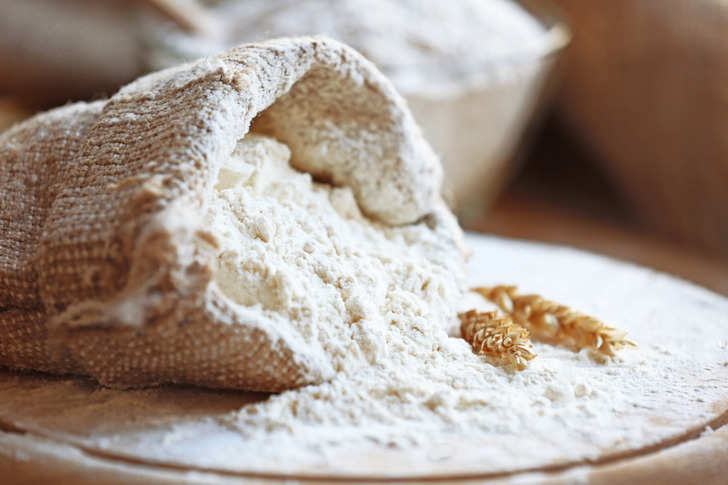
How Bread Is Made

Even children know the simplest bread recipe. If you mix water and flour, you get dough. You can use dough to make flatbread. But your regular bread from the supermarket has a lot of other ingredients.
5-Minute Crafts found out more about bread and how it’s made.
Flour
Bread is usually baked from flour, usually wheat flour. It’s the flour that creates the structure and gives bread protein and starch. The protein content of the flour is the best indicator of the quality of the bread dough and the finished bread. Bread can be made from regular wheat flour and special bread flour that contains more protein (12% to 14%). Such bread will be even better in quality.
Aside from wheat, bread can be made from rye, barley, maize (corn), oats, sorghum, millet, and rice.
Liquid
To turn flour into dough, you need to add liquid. Depending on the recipe, the ratio of water and flour varies, but a ratio of 3 parts liquid to 5 parts flour is common for yeast bread. Instead of water, milk and other dairy products (buttermilk or yogurt) can be used, as well as fruit juice or eggs.
Fats
Fats, such as butter or oil, lard, or that in eggs, affect the development of gluten in bread: they coat and lubricate the protein strands and help make the product’s structure stronger. But if there’s too much fat, the result might be the opposite — the protein structure will fall apart. There should be approximately 3% of fats.
Conditioner
Dough conditioners or improving agents are any ingredients or chemical compounds added to the dough to improve the texture. The conditioner might include enzymes, nutrients for yeast, and mineral salts. These additives make the process of cooking easier: they increase the speed of dough rising and improve the strength and workability of the dough.
Salt
Salt is often added to the dough to improve the taste and restrict yeast activity. It also affects the crumb and the overall texture by stabilizing and strengthening the gluten. Mixtures of salt are sometimes used, such as potassium chloride to reduce the sodium level and monosodium glutamate to give flavor.
Leavening
Leavening is the process of adding gas to the dough before or during baking to make the bread lighter. The easiest way is to use gas-forming chemicals, such as acid or baking soda. But many types of bread are leavened by yeast. The yeast ferments some of the carbs in the flour, including any sugar forming CO2.




